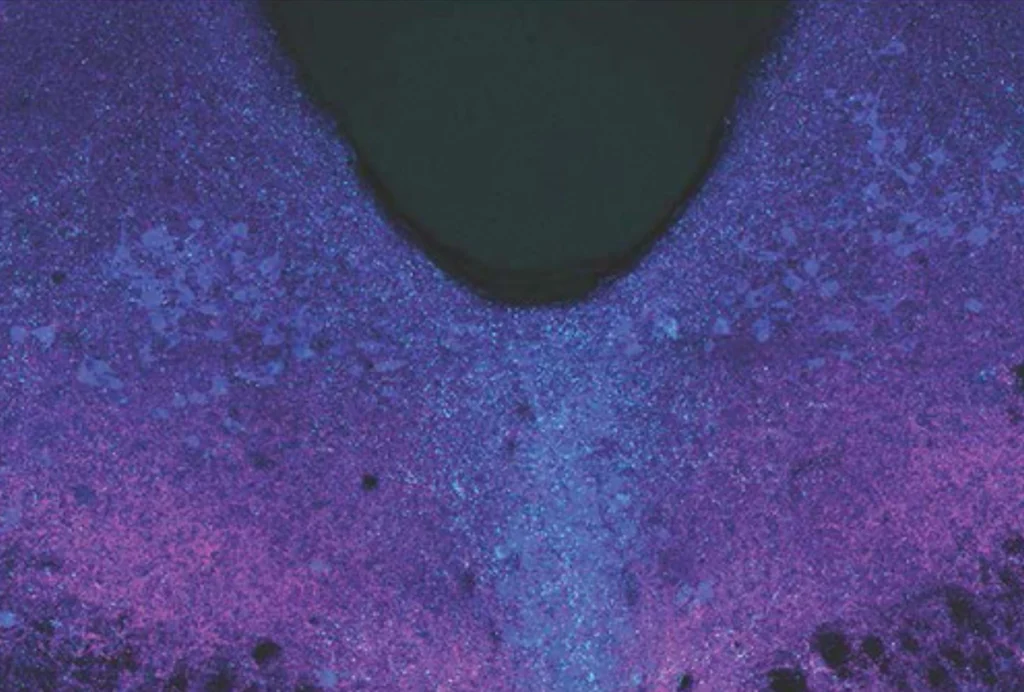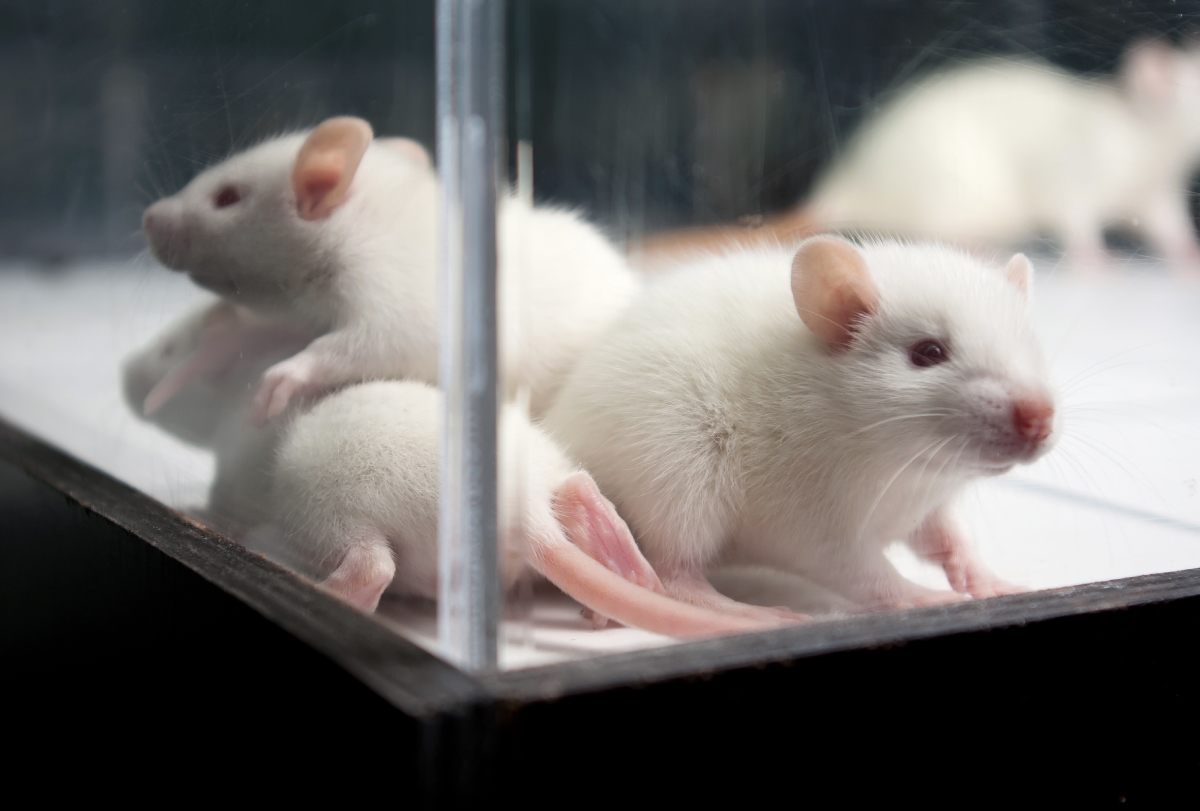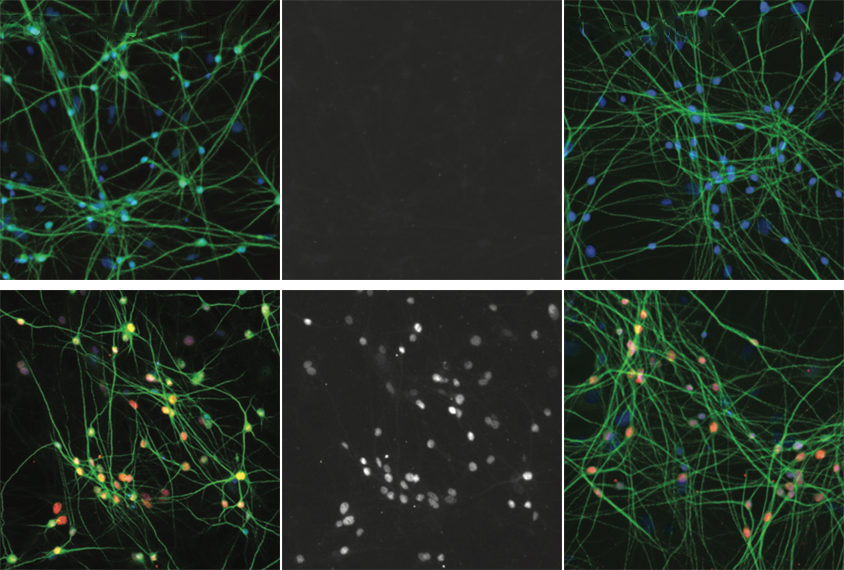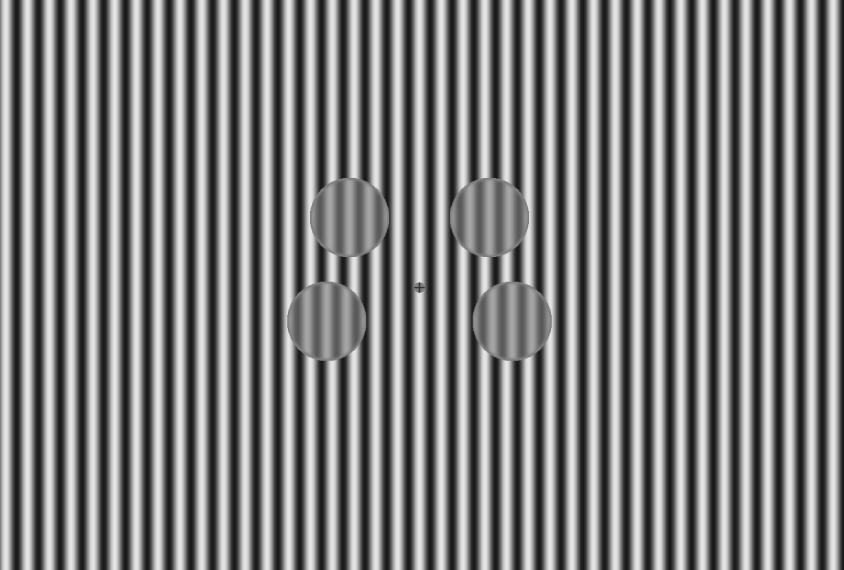Glutamate
Recent articles
Neurotransmitter switch-up helps fan extreme stress into full-blown fear
The flip occurs when certain neurons in the dorsal raphe start to express the chemical GABA instead of glutamate, a new study shows.

Neurotransmitter switch-up helps fan extreme stress into full-blown fear
The flip occurs when certain neurons in the dorsal raphe start to express the chemical GABA instead of glutamate, a new study shows.
Neurons in thalamus sort new social cues from familiar ones
A subset of thalamic neurons support an aspect of social behavior called social recognition, according to experiments in mice.

Neurons in thalamus sort new social cues from familiar ones
A subset of thalamic neurons support an aspect of social behavior called social recognition, according to experiments in mice.
Trials of arbaclofen for autism yield mixed results
Autistic children taking the drug showed improvements in some behaviors but not in their social skills.

Trials of arbaclofen for autism yield mixed results
Autistic children taking the drug showed improvements in some behaviors but not in their social skills.
Experimental drug shows promise for autism-linked syndromes
The drug quells seizures in children with Dravet syndrome or Lennox-Gastaut syndrome.

Experimental drug shows promise for autism-linked syndromes
The drug quells seizures in children with Dravet syndrome or Lennox-Gastaut syndrome.
New resource maps gene expression, regulation in neuron subtypes
The catalog could help researchers understand the effects of autism-linked DNA variants that fall outside genes.

New resource maps gene expression, regulation in neuron subtypes
The catalog could help researchers understand the effects of autism-linked DNA variants that fall outside genes.
New human neuron assays set stage for high-throughput autism drug screens
The ability to conduct large-scale screening in human neurons could accelerate the discovery of autism treatments.

New human neuron assays set stage for high-throughput autism drug screens
The ability to conduct large-scale screening in human neurons could accelerate the discovery of autism treatments.
Visual task flags autistic people who respond to GABA agonists
The investigational drug arbaclofen makes autistic people's brains respond to a visual task more like non-autistic people's brains do.

Visual task flags autistic people who respond to GABA agonists
The investigational drug arbaclofen makes autistic people's brains respond to a visual task more like non-autistic people's brains do.
Neural network captures noisy neurons in autism mouse model
Mice missing the autism-linked gene SHANK3 use more neurons to engage in social behavior than control mice do, reflecting a more disorganized, less efficient brain signaling network.

Neural network captures noisy neurons in autism mouse model
Mice missing the autism-linked gene SHANK3 use more neurons to engage in social behavior than control mice do, reflecting a more disorganized, less efficient brain signaling network.
GABA agonist rescues auditory hypersensitivity in rats missing autism-linked gene CNTNAP2
The investigational drug arbaclofen may right an imbalance between inhibitory and excitatory signaling in the animals’ brains.

GABA agonist rescues auditory hypersensitivity in rats missing autism-linked gene CNTNAP2
The investigational drug arbaclofen may right an imbalance between inhibitory and excitatory signaling in the animals’ brains.
Family groups, researchers join forces to solve mysteries of autism gene
Families of children with mutations in a gene called SYNGAP1 have spurred research into the effects of the mutations on people — and how to treat them.

Family groups, researchers join forces to solve mysteries of autism gene
Families of children with mutations in a gene called SYNGAP1 have spurred research into the effects of the mutations on people — and how to treat them.
Explore more from The Transmitter
Five things to know if your federal grant is terminated
If you want to appeal the decision, know the rules that govern terminations, as well as the specific rationale given in your notice, science policy experts say.

Five things to know if your federal grant is terminated
If you want to appeal the decision, know the rules that govern terminations, as well as the specific rationale given in your notice, science policy experts say.
It’s time to examine neural coding from the message’s point of view
In studying the brain, we almost always take the neuron’s perspective. But we can gain new insights by reorienting our frame of reference to that of the messages flowing over brain networks.
It’s time to examine neural coding from the message’s point of view
In studying the brain, we almost always take the neuron’s perspective. But we can gain new insights by reorienting our frame of reference to that of the messages flowing over brain networks.
Autism traits, mental health conditions interact in sex-dependent ways in early development
Here is a roundup of autism-related news and research spotted around the web for the week of 31 March.

Autism traits, mental health conditions interact in sex-dependent ways in early development
Here is a roundup of autism-related news and research spotted around the web for the week of 31 March.